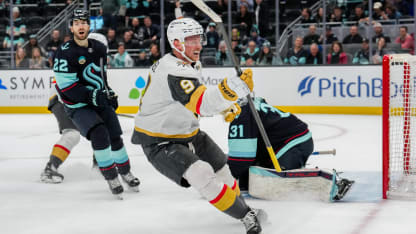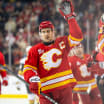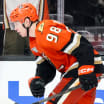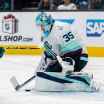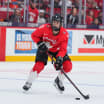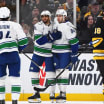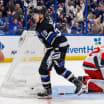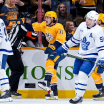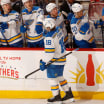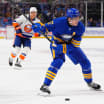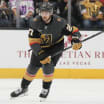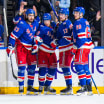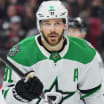MANALAPAN, Fla. -- Each time NHL general managers gather for their annual three-day meeting in March, they receive a report on statistical trends.
The most interesting nugget Monday?
The NHL is on track to have 70 percent of extra-time games end in overtime this season, which would be a record.
That's important, because some GMs have expressed concern about 3-on-3 OT -- too much regrouping, not enough attacking.
A small group of GMs discussed it at a breakout session Monday and will report to the full group of GMs on Tuesday.
In the end, the feeling is that the League should leave it alone. Changes could lead to unintended consequences and be self-defeating, and the format is doing what it was designed to do: reduce shootouts.
"I think it's working," said New York Islanders general manager Lou Lamoriello, whose team has played 18 OT games, tied with the Boston Bruins for the most in the NHL. "I don't think there's any need to make changes. I think if the regroups were causing it to go into a shootout, then you'd have to."
